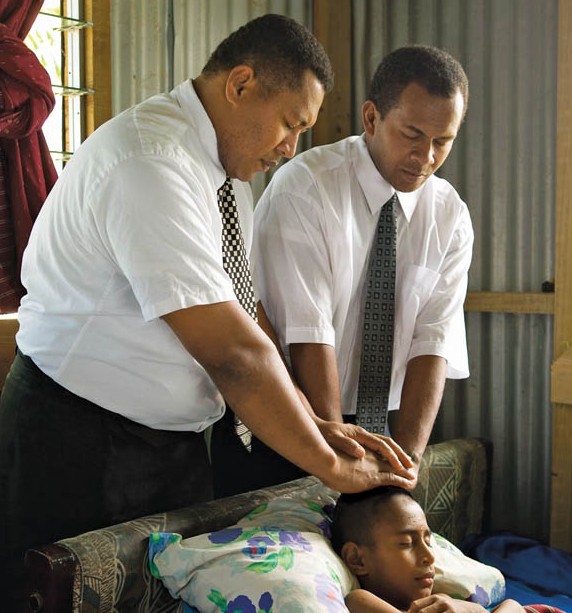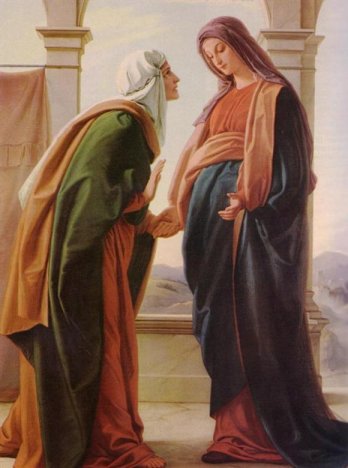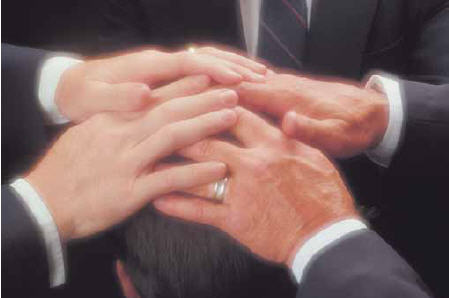Question
Gramps,
In our Gospel Principles class we were studying the priesthood organization. A question came about as to why we need two priesthood holders to perform a blessing for healing of the sick. I do know if necessary one priesthood holder could accomplish this. Nobody could really come up with a definitive answer. Thanks.
Chris
Answer
Chris,
The blessing of the sick is a two-part ordinance normally accomplished by two or more Melchizedek priesthood holders. As a two-part ordinance we are counseled that one person anoints, while the other seals the anointing. The sacrament is also an ordinance which could easily be accomplished by one Melchizedek priesthood holder; although, the Lord has directed that a deacon passes, a teacher prepares, and a priest blesses the sacrament. The blessing of the sacrament is also two parts: the bread and the water. One priest could easily bless both the bread and water, and yet, we have two priests to bless the sacrament.
Joseph Smith once declared, “I teach them correct principles and they govern themselves,” which appears to have persuasion within the realm of blessing the sick. The Church Handbook of Instructions does not clearly define that the anointing and the sealing must be accomplished by two Melchizedek priesthood holders. The handbook specifies that “one” brother anoints, while normally two or more take part in the sealing. We have been provided a principle that gives opportunity (allows others to exercise their priesthood on behalf of family and friends) for more than one Melchizedek priesthood holder to bless the life of a fellow son or daughter of God. At the same time, we are to act in wisdom in all things. Part of this wisdom is to recognize the circumstances of life which may present an opportunity when we are the only Melchizedek priesthood holder around to anoint and seal a blessing. At these times we further recognize the Lord’s wisdom.
Gramps







